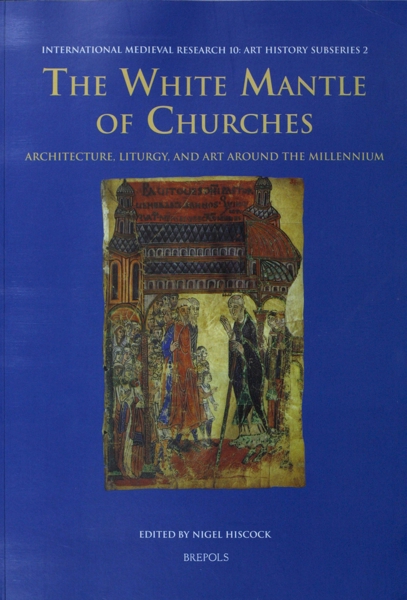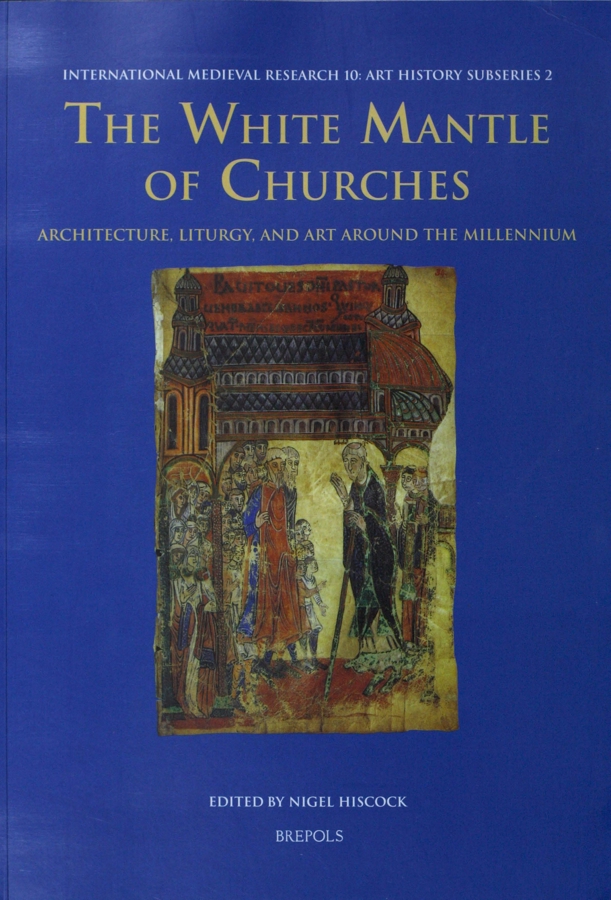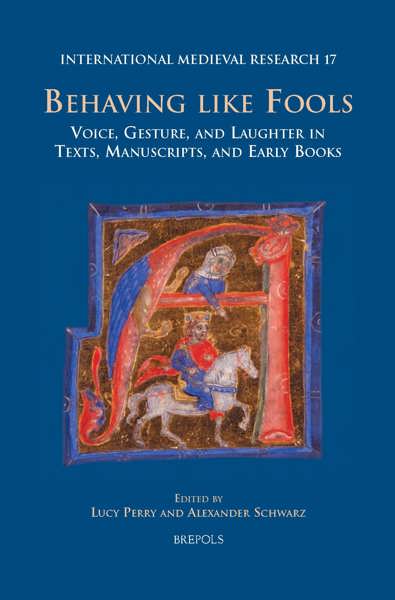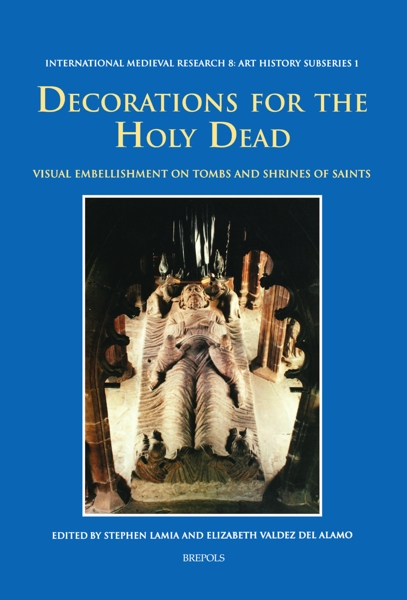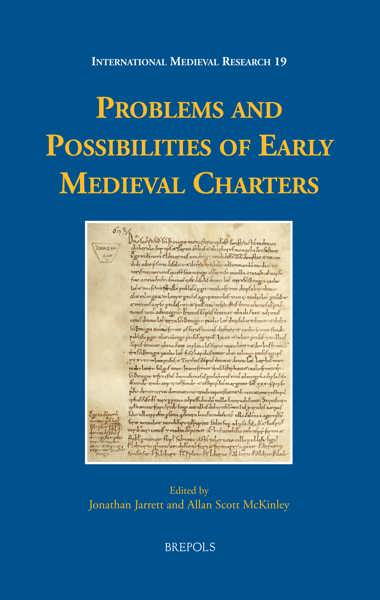
The White Mantle of Churches
Nigel Hiscock (ed)
- Pages: 283 p.
- Size:210 x 297 mm
- Illustrations:156 b/w
- Language(s):English
- Publication Year:2003
- € 75,00 EXCL. VAT RETAIL PRICE
- ISBN: 978-2-503-51230-3
- Paperback
- Out of Print
- € 75,00 EXCL. VAT RETAIL PRICE
- ISBN: 978-2-503-53785-6
- E-book
- Available
«The result is a well-organized and interesting volume, which will prove useful to many.» (J.M. Luxford in Religion and the Arts, 9:3-4 (2005), p.363-364)
« This collection of essays represents the latest word in architecture - and some of the art - of western Europe in the years around 1000 » (M.F. Hearn in Speculum, 54 (2005), p. 1307)
"The White Mantle of Churches is only one of many publications to arise from the run-up to the new millennium, but it is surely one of the best, for its essays provide a sober and stimulating analysis of architectural activity around the year 1000. The value of these contributions lies not only in the timeliness of the insights they provide about a topic of very recent interest, but also in the way they offer a multifaceted view of a phenomenon still widely misunderstood despite renewed interest in all things mullennial." (A. S. Cohen, in: The Medieval Review, 04.09.06)
When a monk living at the beginning of the last millennium described Europe 'cladding itself everywhere in a white mantle of churches', he precipitated several questions for historians to answer. Was there a surge in church-building at the time? If so, what were the causes of this, and what were the purposes? Does it help to explain our understanding of Romanesque architecture and art? Was there a connection between the 'white mantle of churches' and the millennium? Did people believe the world was coming to an end?
The supposition of apocalyptic expectations at the time was until recently dismissed as romantic myth, but the arrival of our new millennium has brought a revival in interest in the dawn of the second millennium, and new evidence of millennial fears. Yet millennial studies and architectural history largely continue to follow separate, parallel paths. This book therefore aims to add the architectural evidence to the millennial debate, and to examine this formative period in relation to the evolution of Romanesque architecture and art. As our own millennium gets under way with continuing hesitancy between European aspiration and national identity, it is also of interest to compare our time with the Europe of a thousand years ago.
Nigel Hiscock is an architect and senior lecturer in architectural history, theory, and design at Oxford Brookes University. His interests include medieval architectural design and practice.
